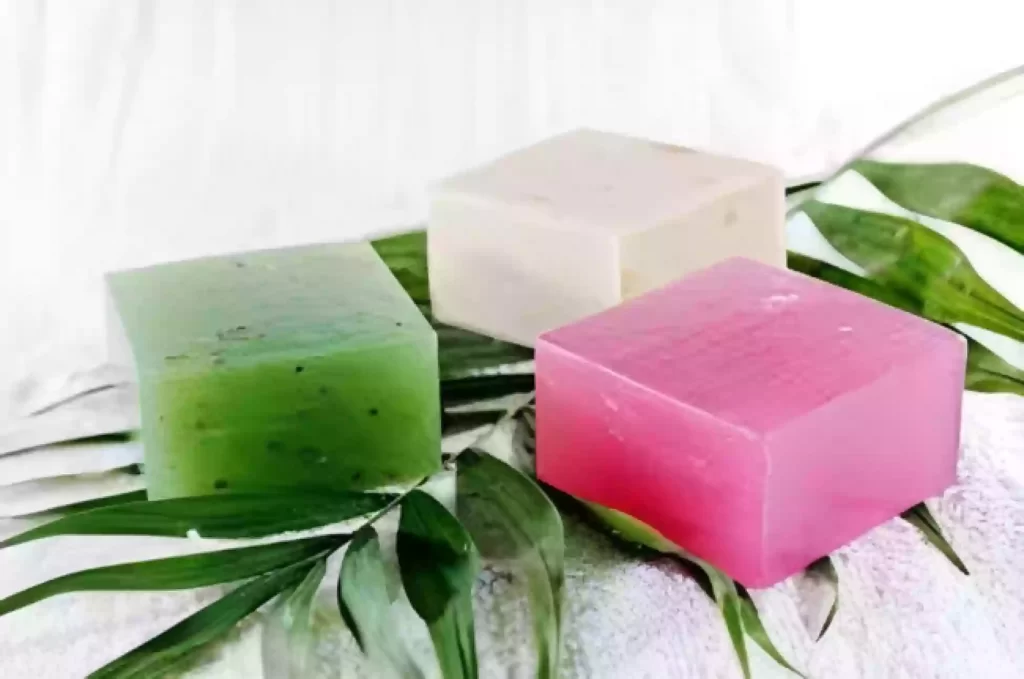Cure Cold Process Soap Faster
Introduction
When it comes to making soap through the cold process method, patience is key. For the soap to harden and acquire the desired properties, the curing process is a crucial step in the soap-making process. However, sometimes we find ourselves eager to use our made soap sooner rather than later. In this article, we will explore 10 effective techniques to help speed up the curing process of cold-process soap, allowing you to enjoy your handmade creations faster.

1. Increase Temperature
Placing your soap in a warmer environment can speed up the curing process. Ensure the temperature is not too high to avoid altering the soap’s properties. Consider using a curing box with a controlled temperature setting for optimal results.
2. Use Fans for Air Circulation
Enhancing air circulation around your soap can expedite the curing process. Position a fan near the curing area to promote airflow. This can help remove excess moisture and encourage faster drying.
3. Thin Soap Batter
Adjusting the consistency of your soap batter can impact the curing time. Increase the water in your recipe to create a thinner soap batter. Thinner soap layers cure faster since moisture evaporates easily.
4. Use Sodium Lactate
Sodium lactate is a natural additive that can speed up the curing process. Incorporate sodium lactate into your recipe at a rate of 1% of the oil weight. It helps harden the soap faster while improving its overall quality.
5. Cut Soap into Thinner Bars
Cutting your soap into smaller, thinner bars can expedite the curing process. Thinner bars allow for better airflow and a larger surface area for moisture evaporation. This technique is effective for soaps with intricate designs or patterns.
6. Implement Heat-Assisted Curing
Heat-assisted curing can speed up the overall curing time. Place the cut soap bars on a drying rack inside a heated oven. Set the oven temperature to the lowest possible, ensuring it does not exceed 160°F (70°C). Monitor the soap to prevent overheating or saponification re-occurrence.
7. Optimize Humidity Levels
Controlling the humidity in your curing environment can affect the curing process. Aim for a relative humidity of around 40-50%.
8. Cure Soap in Smaller Batches
If you’re short on time or eager to use your soap quickly, consider making smaller soap batches. Smaller batches cure faster because of their reduced volume. This approach allows you to enjoy your soap sooner while also experimenting with different recipes.
9. Increase Curing Time
Increasing the curing time can lead to faster results, despite what might seem counterintuitive. Allow your soap to cure for at least 4 to 6 weeks. This extended curing period allows the soap to harden and results in a longer-lasting bar.
10. Incorporate Kaolin Clay
Kaolin clay is a beneficial additive that can speed up the curing process. Add one teaspoon of kaolin clay per pound of soap batter. The clay helps absorb excess moisture while enhancing the soap’s lather and texture.
Final Words
By implementing these 10 effective techniques, you can speed up the curing process of cold-process soap, reducing the waiting time before enjoying your handmade creations. Remember to experiment while considering these methods and find the ones that work best for you. Patience and experimentation are key as you explore the exciting world of soap-making.